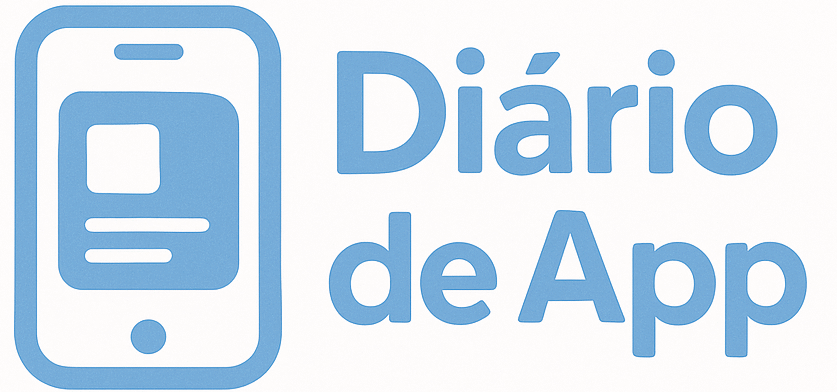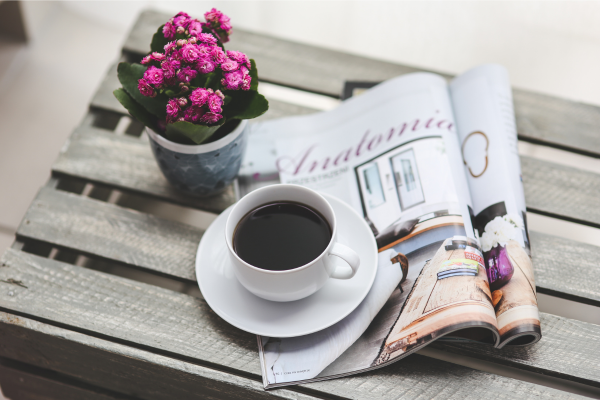Getting into coffee can feel overwhelming — there are beans from dozens of countries, roasts from light to dark, and more brewing methods than you ever imagined. But don’t worry — learning to enjoy and explore coffee doesn’t require fancy tools or deep knowledge to start. It just takes curiosity and a willingness to taste.
In this guide, you’ll learn how to start exploring different brews — from choosing your first beans to trying out new brewing styles — and how to find what truly suits your taste.
Start with Good Beans
As a beginner, start with fresh, whole coffee beans. Pre-ground coffee is convenient, but grinding just before brewing preserves the aromas and flavors better.
Begin with medium roast beans — they offer a balanced flavor that’s not too acidic or bitter. You can find great beginner-friendly coffees from regions like:
- Brazil – smooth, nutty, chocolatey
- Colombia – mild acidity, sweet, balanced
- Guatemala – hints of cocoa, spice, and citrus
Look for beans labeled single-origin if you want to taste regional characteristics, or blends if you prefer smooth, crowd-pleasing cups.
Try Different Brew Methods
You don’t need a café setup to start brewing. Try one or two easy methods to begin:
1. Drip Coffee Maker
Great for beginners, especially if you already own one. Simple and consistent, though flavor depth can be limited if your machine is low-end.
2. French Press
Bold and full-bodied. All you need is coarsely ground coffee, hot water, and 4 minutes of patience.
3. Pour-Over (like a V60 or Chemex)
Clean, aromatic, and nuanced. It takes a bit more practice but allows full control over your brew.
4. Cold Brew
Mild and smooth, made by steeping coffee grounds in cold water for 12–24 hours. No heat needed — perfect for hot days.
Start with one method, then gradually try others to see how they highlight different flavors in the same beans.
Understand the Flavor Spectrum
Coffee isn’t just “strong” or “weak.” Once you begin tasting attentively, you’ll notice notes like:
- Fruity – berries, citrus, stone fruits (often in African coffees)
- Nutty or chocolatey – common in Latin American beans
- Floral or tea-like – found in light roasts and Ethiopian coffees
- Earthy or spicy – typical in Indonesian coffees
Use a flavor wheel or tasting journal to jot down what you taste. Don’t worry if your notes are simple at first — like “sweet” or “chocolate.” With time, your vocabulary will expand.
Experiment with Grind Size
Grind size affects how your coffee tastes. Here’s a basic guide:
| Brewing Method | Grind Size |
|---|---|
| French Press | Coarse |
| Pour-Over | Medium |
| Drip Machine | Medium-Fine |
| Espresso | Fine |
| Cold Brew | Extra Coarse |
Using the wrong grind can make coffee taste sour, bitter, or flat — so match your grind to your brew method.
Pro tip: Get a burr grinder for better consistency (manual or electric).
Taste Side-by-Side
A great way to learn is by tasting two coffees side-by-side:
- Same beans, different brew methods
- Same brew, different roast levels
- Two origins brewed the same way
Compare aromas, flavors, mouthfeel, and aftertaste. Ask yourself:
- Which one is brighter or more acidic?
- Which feels heavier or smoother?
- Which one do I enjoy more?
This is how coffee professionals refine their palate — and it’s something anyone can do at home.
Tips to Keep Exploring
- Buy in small batches — fresh is best
- Try beans from different regions
- Explore roast levels — light, medium, dark
- Ask your local roaster for recommendations
- Join coffee communities online or in person
You’ll be surprised how fast your understanding (and enjoyment) of coffee grows just by being curious and paying attention.
Final Thoughts: Find What You Love
Getting into coffee doesn’t mean knowing everything. It means trying new things, noticing what you like, and enjoying the journey. Don’t worry about doing it “right” — there’s no single best coffee or brewing method.
Start with one bean, one brewer, and one cup. Then taste, learn, and grow from there. Soon, you’ll discover that coffee is not just a drink — it’s an experience.

